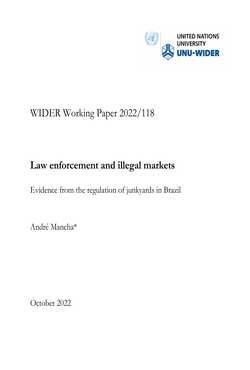By
Homicides are a major problem in Brazil. Drugs and arms trafficking, and land conflicts are three of the many factors driving homicide rates in Brazil. Understanding long-term spatiotemporal trends and social structural factors associated with homicides in Brazil would be useful for designing policies aimed at reducing homicide rates.
Methods
We obtained data from 2000 to 2014 from the Brazil Ministry of Health (MOH) Mortality Information System and sociodemographic data from the Brazil Institute of Geography and Statistics (IBGE). First, we quantified the rate of change in homicides at the municipality and state levels. Second, we used principal component regression and k-medoids clustering to examine differences in temporal trends across municipalities. Lastly, we used Bayesian hierarchical space-time models to describe spatio-temporal patterns and to assess the contribution of structural factors.
Results
There were significant variations in homicide rates across states and municipalities. We noted the largest decrease in homicide rates in the western and southeastern states of Sao Paulo, Rio de Janeiro and Espirito Santo, which coincided with an increase in homicide rates in the northeastern states of Ceará, Alagoas, Paraiba, Rio Grande Norte, Sergipe and Bahia during the fifteen-year period. The decrease in homicides in municipalities with populations of at least 250,000 coincided with an increase in municipalities with 25,000 people or less. Structural factors that predicted municipality-level homicide rates included crude domestic product, urbanization, border with neighboring countries and proportion of population aged fifteen to twenty-nine.
Conclusions
Our findings support both a dissemination hypothesis and an interiorization hypothesis. These findings should be considered when designing interventions to curb homicide rates




